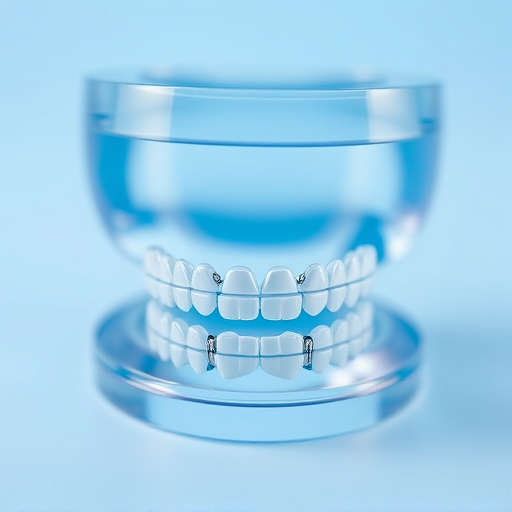The dental implants procedure takes several months to years, depending on the number of implants and individual health factors. It involves initial consultation, surgical placement, osseointegration (healing), and a restorative phase where crowns or dentures are attached. Proper aftercare, including regular follow-ups, is crucial for successful healing, with healing times averaging several months.
Dental implants offer a permanent solution for missing teeth, but understanding the timeline of the procedure is crucial. The duration of a dental implants procedure varies depending on several factors. In this article, we’ll guide you through the process, from initial consultation to final restoration. We’ll explore what influences implant placement time and provide insights into post-operative care and healing periods. Discover how long it could take to regain your smile with dental implants and what to expect during each stage.
- Understanding the Dental Implants Procedure Timeline
- Factors Affecting Implant Placement Duration
- Aftercare and Healing Time for Dental Implants
Understanding the Dental Implants Procedure Timeline

Understanding the Dental Implants Procedure Timeline
The duration of a dental implants procedure can vary significantly based on several factors, including the complexity of the case, the patient’s overall oral health, and any pre-existing conditions that may require additional treatment. Generally, the process involves multiple stages spread over several months. It begins with an initial consultation where a dentist or oral surgeon assesses your mouth, discusses expectations, and creates a personalized treatment plan. This is followed by surgical placement of the dental implants, which serve as artificial tooth roots, and osseointegration—a crucial step where the implant fuses with the jawbone to provide stability.
Once the implants are securely integrated, the dentist moves on to the restorative phase, often involving dental bonding or comprehensive dental care to attach crowns, bridges, or dentures to the implants. This final step ensures a functional, natural-looking smile. The entire process can take anywhere from several months to a year or more, emphasizing the importance of patient compliance and consistent follow-up with dental professionals for optimal outcomes in dental implants procedure.
Factors Affecting Implant Placement Duration

The duration of a dental implants procedure can vary significantly based on several factors. One of the primary considerations is the number of implants required. A single-tooth implant typically takes less time than a full-mouth rehabilitation, which may involve a series of surgeries to place multiple implants. The complexity of the case, including any concurrent tooth extractions or wisdom tooth removal, also plays a role. General dentistry practices often offer various stages of treatment, and each step requires careful planning and execution.
Another crucial factor is the patient’s overall oral health. Extensive gum disease or bone loss might necessitate preliminary procedures to restore these areas before implant placement. These additional steps can extend the timeline. Moreover, the complexity of bone grafting, if required, can significantly impact the duration. Some patients may need more time for their gums and bones to heal after tooth extractions before proceeding with implant surgeries.
Aftercare and Healing Time for Dental Implants

After a dental implants procedure, proper aftercare is crucial for successful healing. Patients are typically given specific instructions on post-operative care, which may include keeping the area clean and dry, avoiding strenuous activities, and following a soft or liquid diet initially. It’s important to take prescribed medications as directed, including pain relievers and antibiotics, to manage discomfort and prevent infection.
The healing time for dental implants varies depending on individual factors such as overall oral health, bone density, and the complexity of the procedure. On average, it can take several months for the implant to integrate with the jawbone, a process known as osseointegration. During this period, patients may need to visit their dentist regularly for check-ups and to ensure proper healing before receiving a final restoration, such as a crown or bridge. In children’s dentistry, healing times might differ, especially if the jaw is still growing, and tooth extractions or dental fillings may be necessary steps in the process.
The duration of a dental implants procedure varies based on several factors, including the complexity of the case, patient health, and the specific needs of each individual. Understanding this timeline is essential for setting expectations and ensuring a successful outcome. After placement, proper aftercare and healing time are critical to integrate the implant with the jawbone effectively. By following recommended guidelines, patients can facilitate a smooth transition towards a fully functional and long-lasting dental restoration.














